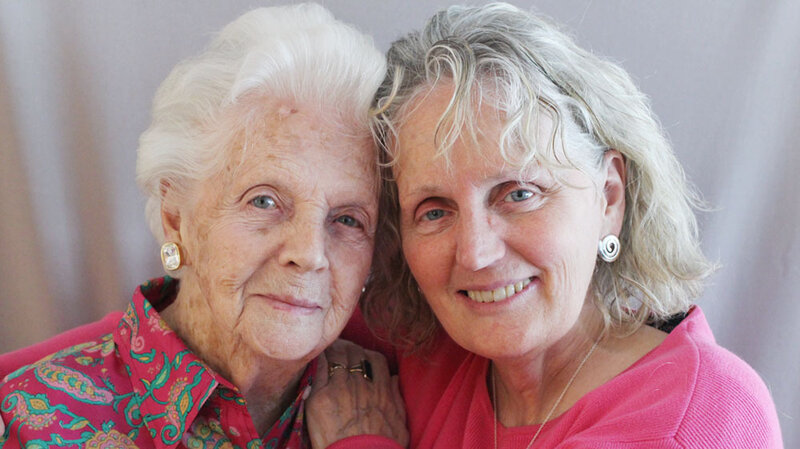Babies On Display: When A Hospital Couldn't Save Them, A Sideshow Did
By NPR Staff
Close to a century ago, New York's Coney Island was famed for its sideshows. Loud-lettered signs crowded the island's attractions, crowing over tattooed ladies, sword swallowers — and even an exhibition of tiny babies.
The babies were premature infants kept alive in incubators pioneered by Dr. Martin Couney. The medical establishment had rejected his incubators, but Couney didn't give up on his aims. Each summer for 40 years, he funded his work by displaying the babies and charging admission — 25 cents to see the show.
In turn, parents didn't have to pay for the medical care, and many children survived who never would've had a chance otherwise.
Lucille Horn was one of them. Born in 1920, she, too, ended up in an incubator on Coney Island.
"My father said I was so tiny, he could hold me in his hand," she tells her own daughter, Barbara, on a visit with StoryCorps in Long Island, N.Y. "I think I was only about 2 pounds, and I couldn't live on my own. I was too weak to survive."
She'd been born a twin, but her twin died at birth. And the hospital didn't show much hope for her, either: The staff said they didn't have a place for her; they told her father that there wasn't a chance in hell that she'd live.
"They didn't have any help for me at all," Horn says. "It was just: You die because you didn't belong in the world."
But her father refused to accept that for a final answer. He grabbed a blanket to wrap her in, hailed a taxicab and took her to Coney Island — and to Dr. Couney's infant exhibit...
Get the full story at NPR.
http://www.npr.org/2015/07/10/421239869/babies-on-display-when-a-hospital-couldnt-save-them-a-sideshow-did?utm_source=facebook.com&utm_medium=social&utm_campaign=npr&utm_term=nprnews&utm_content=20150710




